Walkable? Check. Urban? Check. Rural? Also Check.
I often describe myself as an urbanist. I find it a useful shorthand for a set of ideas about how places ought to be built and laid out, one which roughly translates to the traditional, pre-automobile development pattern. "Urbanism" to me means the following:
Places are built to the human scale, and around the needs of people who walk.
The development pattern is compact, without a lot of wasted space, and streets are places for human activity, not high-speed traffic.
There are 15-minute neighborhoods where you can meet your needs on foot.
There are welcoming streets and third places that encourage people to live a large chunk of their lives in public, with the serendipitous social interaction that that entails.
Okay. Now read that above description and ask yourself, "What size place am I picturing?"
What if I hadn't used the word urbanism to describe it? Would your answer change?
I avoid describing Strong Towns as an "urbanist" organization (though I'm sure I've slipped up now and then) because of a predictable source of resistance: the mistaken idea that, despite the word "Towns" in our name, much of what we write about is irrelevant to small towns, or to anywhere that aspires to a "small town" character.
“Don't you see? We're not urban. We don't want to be urban.”
The word "urban" has a bunch of unhelpful connotations here, associated with big cities and their noise and impersonality. And, while I adore the energy and diversity and the world-at-your-fingertips sense of freedom you can attain in a big city, it's not for everyone, or for anyone all of the time.
So let's be clear about where the principles of "urbanism," as I defined it above, apply. Here are some photos of the village of Dingle on the west coast of Ireland, population about 2,000 (plus a good number of seasonal tourists):
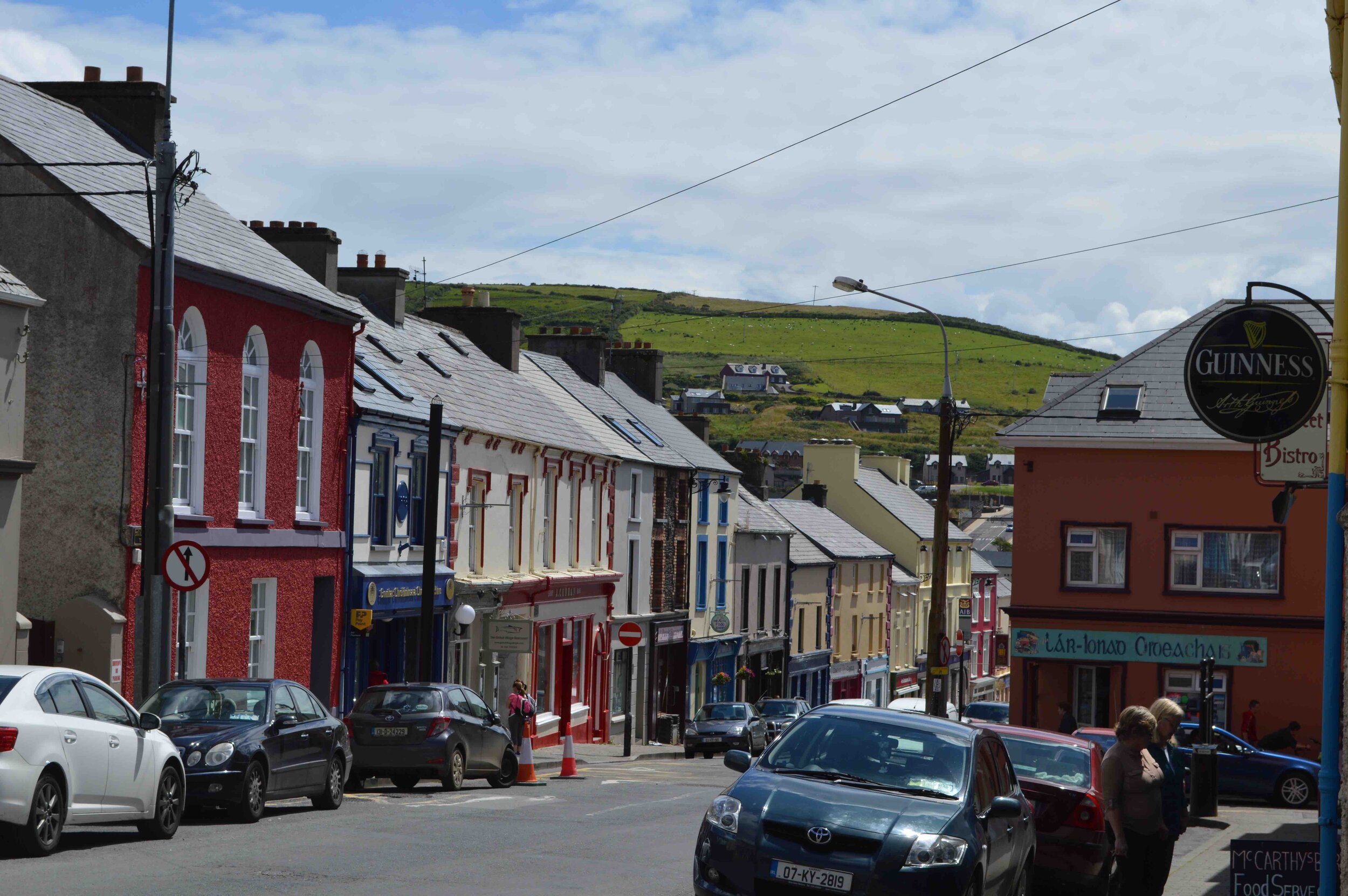
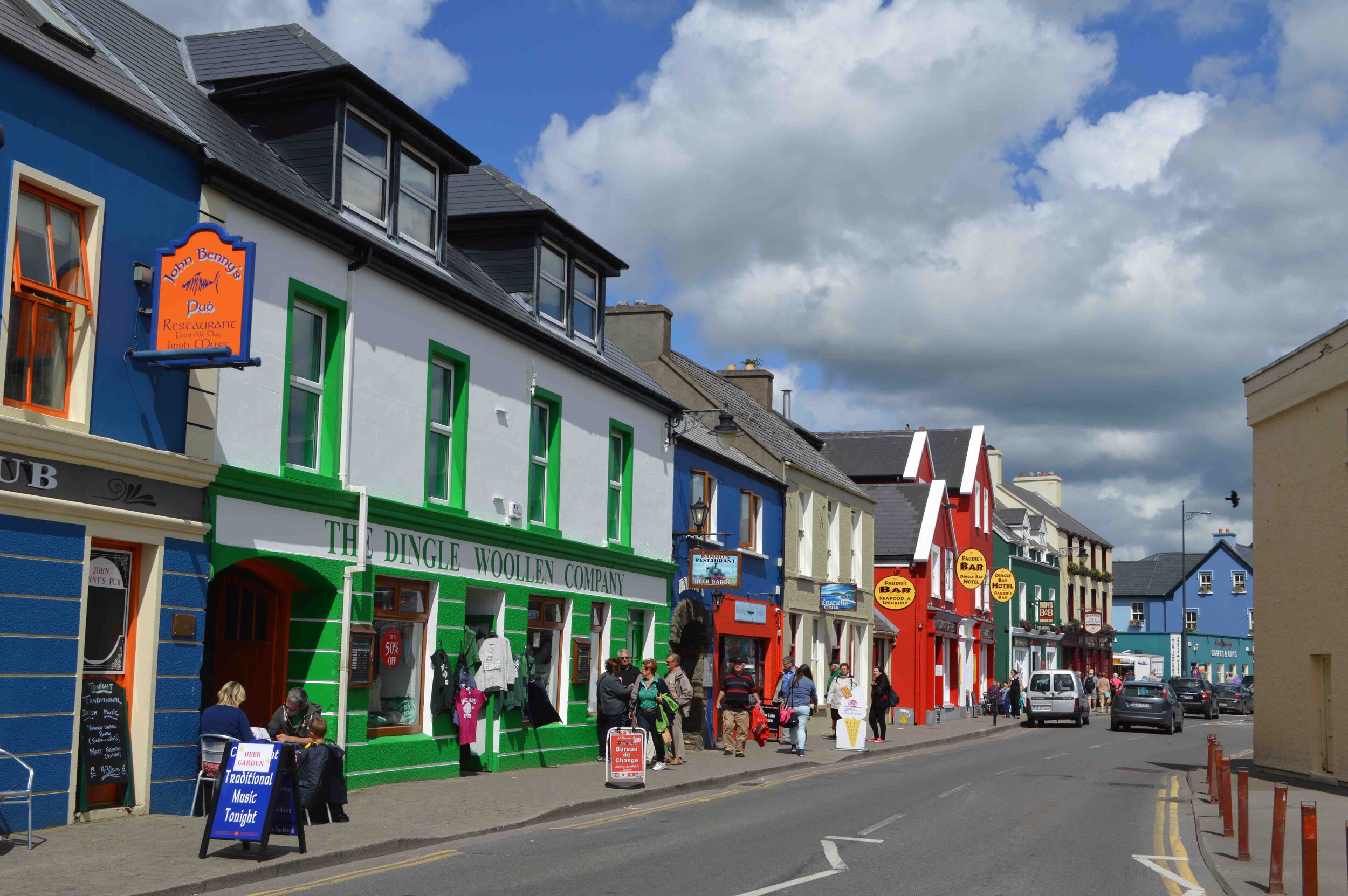
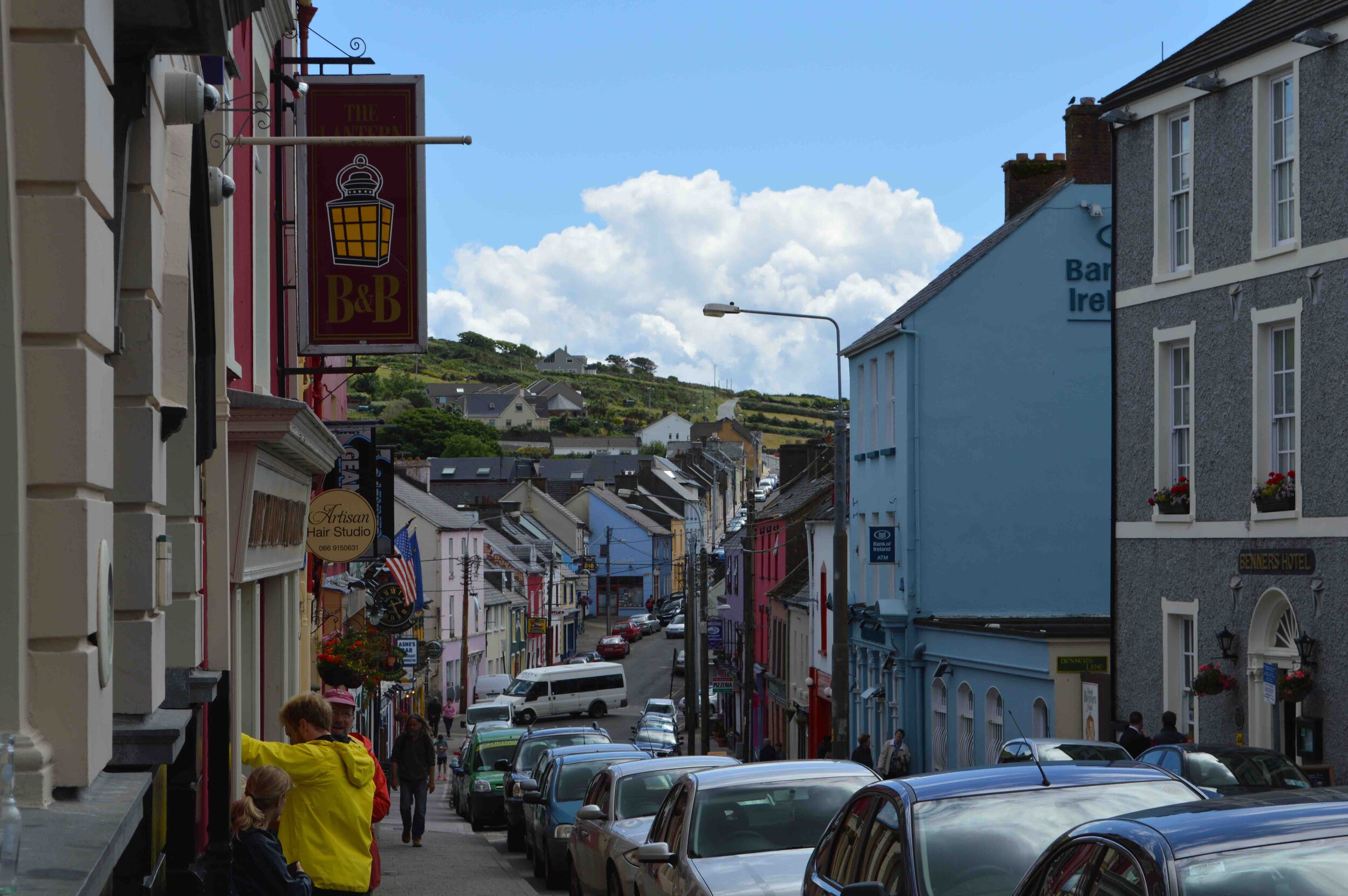
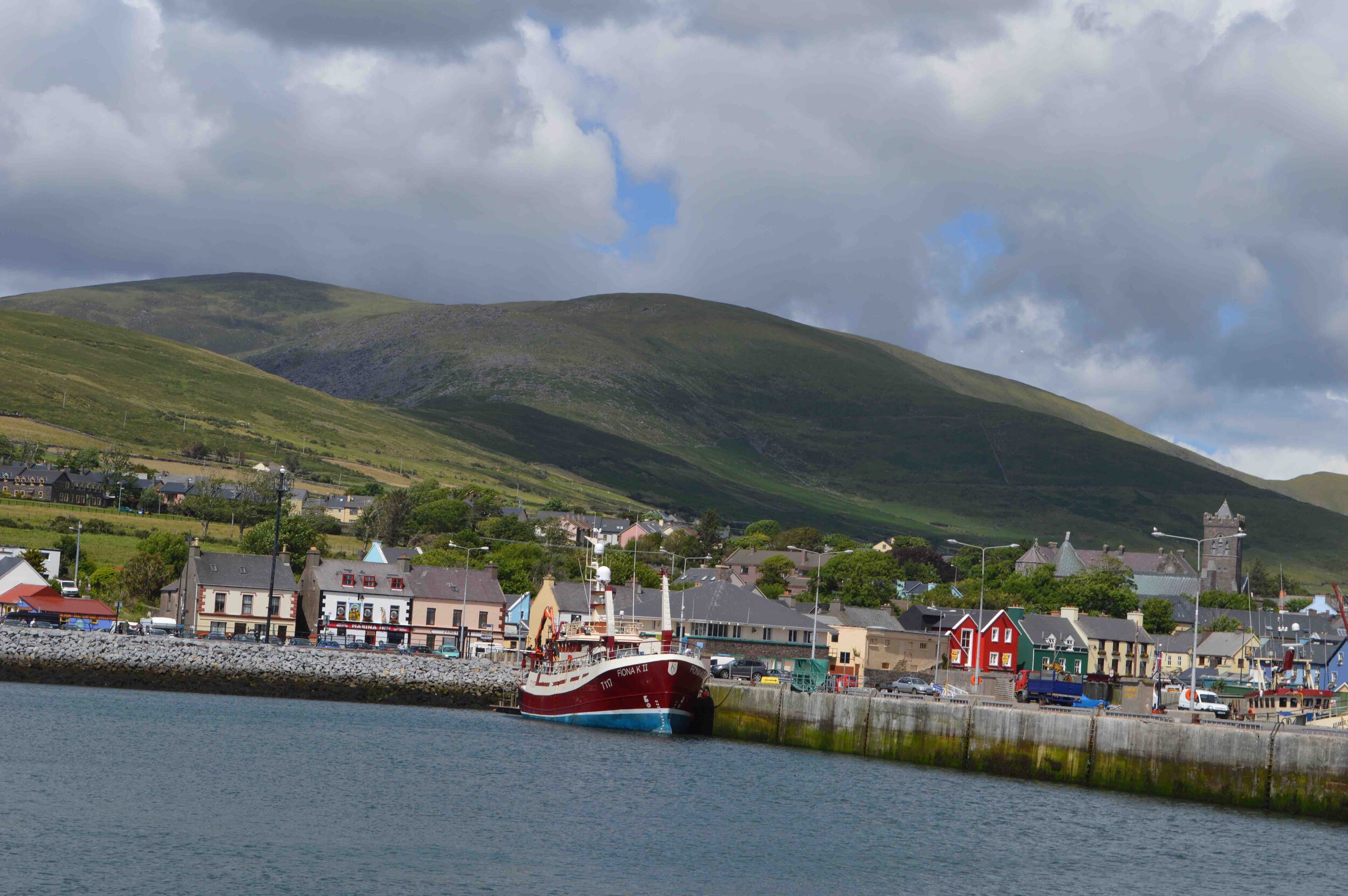

Lest you think this is purely a tourist attraction, a case of "movie-set urbanism," it’s not. Countless Irish villages look more or less like this, including ones where tourism is not a major part of the economy. Here are a couple examples we passed through on our trip there a few years ago:
It’s not just Ireland: you’ll find a similar template—tightly-packed rows of buildings with storefronts on the ground floor and residences above—in towns throughout Europe, Asia, South America, et cetera. The architecture will vary, but the pattern won’t: some of the best urbanism in the world is in tiny villages. These places are, inherently, 15-minute communities with a vital public realm. And looking at these villages gives the lie to common myths about urbanism. Foremost among those myths is the idea that compact, walkable development is incompatible with a love of nature and green space.
“But I don't want to live in a high density place. I like trees. I like green space. I want to see unspoiled nature.”
Here's an aerial photo of Dingle:
Image: Google
If you want unspoiled nature, you can literally start walking in any direction and that's what you're going to find, long before you tire out. And this is true because the village has a compact form with fairly hard edges.
This photo was taken at a B&B less than a ten-minute walk from town:
Nothing about these places is incompatible with using a car as a regular means of transportation, either. It's not really worth using in town, but you can have one and use it when you leave town. You can't drive very fast in town (read: you might achieve parking-lot speeds), but there isn't very much of town to get through either.
And this pattern isn't only applicable to small villages either. It scales up. Plenty of mid-size cities in Europe provide a model. Here’s Shrewsbury, England’s central square, whose dense, lively urbanism would be the envy of all but a few major—not even minor—U.S. cities:
Shrewsbury has a population of only 70,000, and its surroundings quickly become rural once you get outside the “hard edges” of the town, less than 2 miles from the center:
Image: Google
Robert Sulaski has written similar observations for Strong Towns about Pamplona, Spain, population about 200,000, where an extraordinarily vibrant urbanism exists within a very compact footprint.
What we tend to do in North America instead is very different. Not only our large cities but our small towns bleed gradually into the countryside, with a large suburban area characterized by homes on large lots, wide roads and plenty of auto-oriented strip retail development.
The trade-off is stark. If “green space” is what you’re after, there's plenty of greenery in people's private yards that you can view from your car. But if you want to get out and enjoy nature, it's now at a much greater remove from the amenities of downtown. And if you're a regular reader here, you know that the trade-off in public finances is stark, too. The compact village pattern makes maximum use of existing public infrastructure, funding its maintenance with the taxes from a highly financially productive pattern of private development.
By contrast, the suburban-style pattern, which has been imported to far too many small North American towns and cities (in the form of zoning codes and building regulations, but also the general mindset toward development), is a dramatic money-loser. All those roads and pipes serving the periphery will never pay for themselves.
The lesson here is to let urban be urban and rural be rural. If we return to building more places according to that rule, we'll find we can enjoy the best of both worlds.


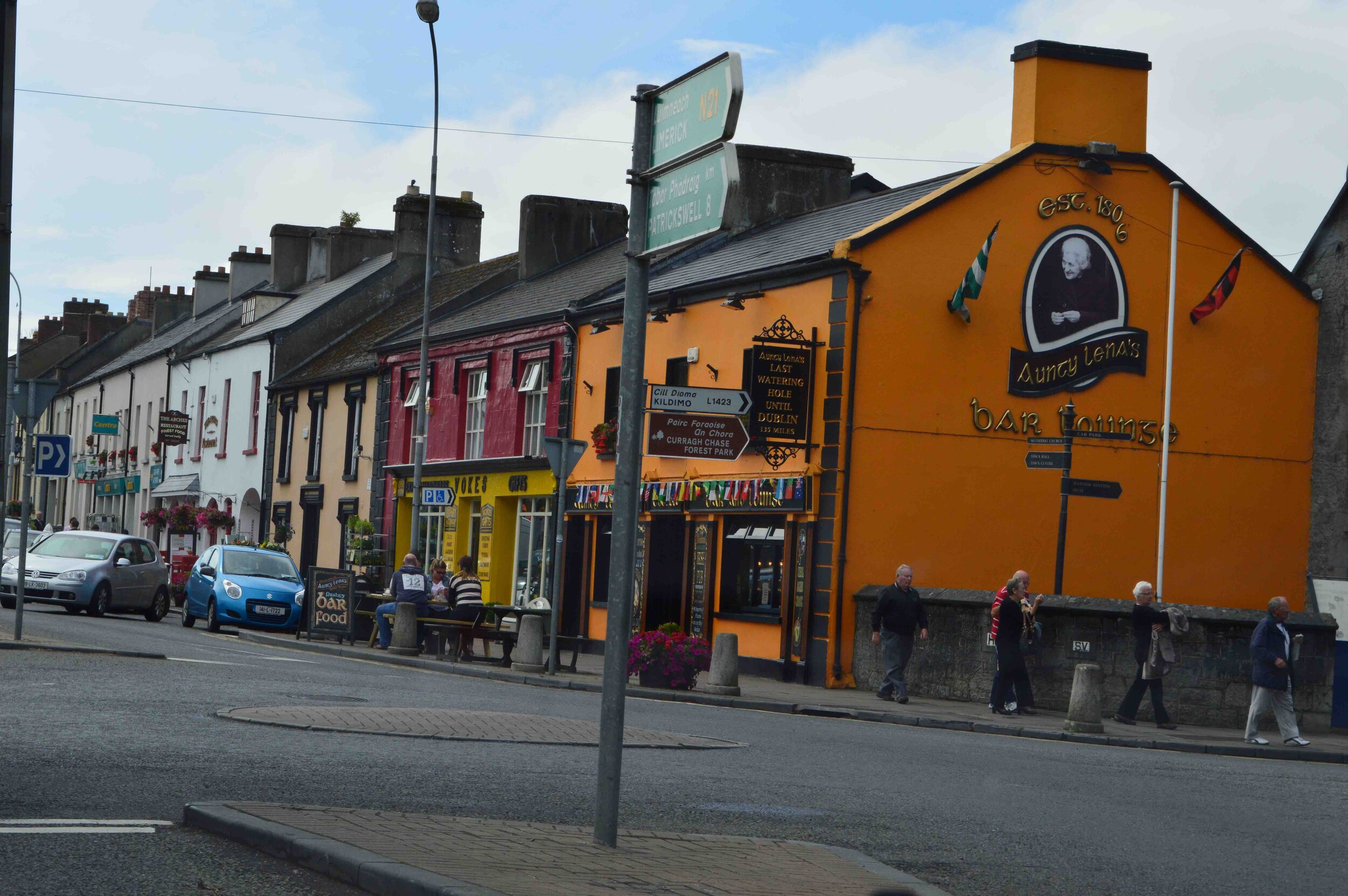
Daniel Herriges has been a regular contributor to Strong Towns since 2015 and is a founding member of the Strong Towns movement. He is the co-author of Escaping the Housing Trap: The Strong Towns Response to the Housing Crisis, with Charles Marohn. Daniel now works as the Policy Director at the Parking Reform Network, an organization which seeks to accelerate the reform of harmful parking policies by educating the public about these policies and serving as a connecting hub for advocates and policy makers. Daniel’s work reflects a lifelong fascination with cities and how they work. When he’s not perusing maps (for work or pleasure), he can be found exploring out-of-the-way neighborhoods on foot or bicycle. Daniel has lived in Northern California and Southwest Florida, and he now resides back in his hometown of St. Paul, Minnesota, along with his wife and two children. Daniel has a Masters in Urban and Regional Planning from the University of Minnesota.